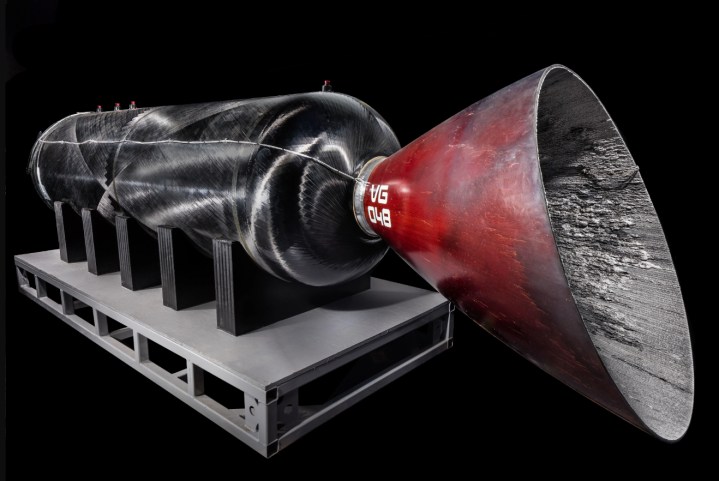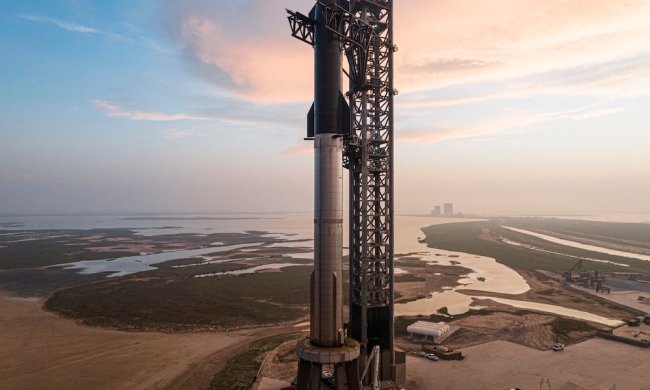
At $250,000 a pop, a ticket for the trip of a lifetime aboard Virgin Galactic’s space plane may be out of your price range, so instead how about checking out one of the rocket engines that made the ambitious “space tourism” project possible?
Virgin Galactic has just donated the rocket motor of SpaceShipTwo — aka VSS Unity — to the Smithsonian National Air and Space Museum in Washington, D.C.
It was the first one to power the aircraft to the edge of space on December 13, 2018, in a flight to test the system’s technology. It’s also been recognized by Guinness World Records as “the most powerful hybrid rocket to be used in manned flight.”
The rocket motor was unveiled at the museum in a ceremony attended by Virgin Galactic chairman Sir Richard Branson. It will be exhibited in the museum’s upcoming “Future of Spaceflight” gallery focusing on commercial space flight, so expect to see additional exhibits from SpaceX and Blue Origin, among others.
Designed and built by The Spaceship Company — Virgin Galactic’s sister manufacturing organization — the rocket weighs around 3,000 pounds and, with a burn duration of around 60 seconds, created sufficient energy to propel VSS Unity to the edge of space at almost three times the speed of sound.

Ellen Stofan, director of the National Air and Space Museum, described the arrival of the SpaceShipTwo rocket motor as “a fitting addition” to the museum’s collection, adding, “It does not just represent technical achievement. It is sure to also inspire our visitors by demonstrating what can be achieved through entrepreneurial innovation.”
Branson said Virgin Galactic was “delighted” to donate a piece of history to the Smithsonian’s National Air and Space Museum.
The British entrepreneur added: “The desire to explore space has been an inspiration since time began and, in recent decades, an incredible catalyst for innovation. I hope our donation will also play a small part in inspiring the thousands of visitors as they pass through the new gallery in years to come.”
Virgin Galactic isn’t the only outfit aiming to launch space tourism flights this year or next. Blue Origin, owned by Amazon CEO Jeff Bezos, is also making good progress using a reusable rocket system, with a recent test offering future passengers a close look at what promises to be a thrilling 10-minute space ride. At the more extreme end of the scale, Elon Musk’s SpaceX has a plan to send a Japanese billionaire and eight artists on a trip to the moon and back, possibly in 2023.


